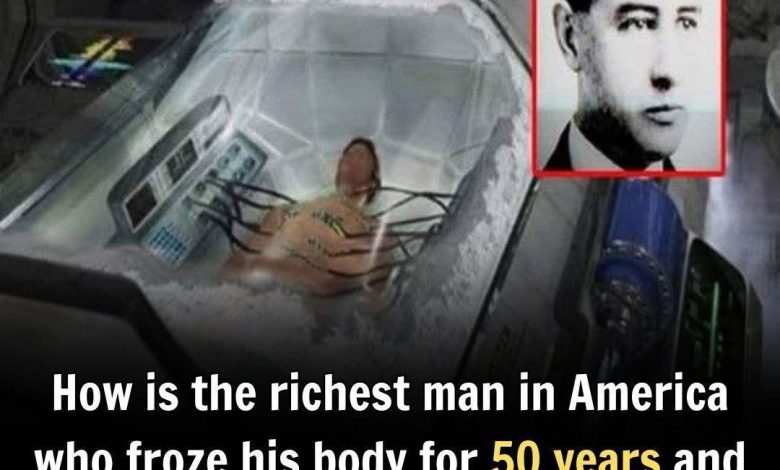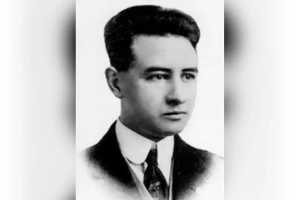Cryonic Preservation: Looking Back After Half a Century

Dr. James Hiram Bedford led a remarkable life. As a professor at the University of California and a proud veteran of World War I, he experienced much and explored the world. However, history remembers him most notably as the very first individual to undergo the process of “cryonic preservation.” This is a specific practice that involves carefully preserving a human body, or sometimes just the brain, at extremely low temperatures following the cessation of life.
In 1967, a time when medical science had not yet reached the sophisticated levels we see today, Dr. Bedford, a man of considerable financial means, received a diagnosis of kidney cancer that had unfortunately spread to his lungs. Facing a serious health challenge with limited treatment options available at the time, Bedford became aware of the intriguing concept of cryonic preservation.
His understanding of this idea came from reading the book The Prospect of Immortality authored by Dr. Robert Ettinger. Dr. Ettinger is a significant figure in this field, recognized as the founder of the Cryonics Institute and often referred to as the “father of body freezing experiments.” His institute offers services that involve the cryopreservation of individuals after they have passed away. The fundamental hope behind this practice is that future advancements in medical technology will eventually make it possible to revive these individuals and potentially cure the conditions that led to their death.
Having learned about this unique procedure, Dr. Bedford made the significant decision to request that his own body be frozen after his death occurred.
On the afternoon of January 12, 1967, the process began. Dr. Bedford was first injected with dimethyl sulfoxide, a chemical intended to help protect his internal organs from damage during the freezing process. Following this, all the blood was carefully drained from his body. The next step involved placing Dr. Bedford in a specialized tank filled with liquid nitrogen, where the temperature reached an extremely low minus 196 degrees Celsius.
Twenty-four years later, in 1991, Alcor, an organization that also specializes in performing cryonic preservations, accessed Dr. Bedford’s body to assess its condition after being cryogenically stored for so long.
The assessment concluded that the body had been “preserved nicely.” Observations were made, such as the fact that his nose and mouth had an odor reminiscent of blood, and his facial appearance seemed younger than his 73 years at the time of his death. However, there were also signs of the extreme preservation, including areas of skin on his chest and neck that showed discoloration, and his corneas had the “chalky white of ice.”
Following this examination, technicians took steps to ensure the continued preservation of Dr. Bedford. They carefully wrapped his body in a new sleeping bag and then re-immersed him in the liquid nitrogen to continue the long wait.

Today, more than 50 years have passed since the initial hope of a future revival for Dr. Bedford was envisioned. As of now, he remains in a state described simply as a “mummy.”
According to Robert Nelson, one of the three scientists who were involved in performing the original cryonic preservation procedure on Dr. Bedford, Bedford’s final words conveyed a specific intention. He reportedly said: “I want you to understand that I did not do this with the thought that I would be revived. I did this in the hope that one day my descendants will benefit from this wonderful scientific solution.” This statement highlights that Dr. Bedford’s decision was perhaps less about his own potential revival and more about the possibilities that cryonic preservation might offer to future generations as science and medicine continue to advance.




